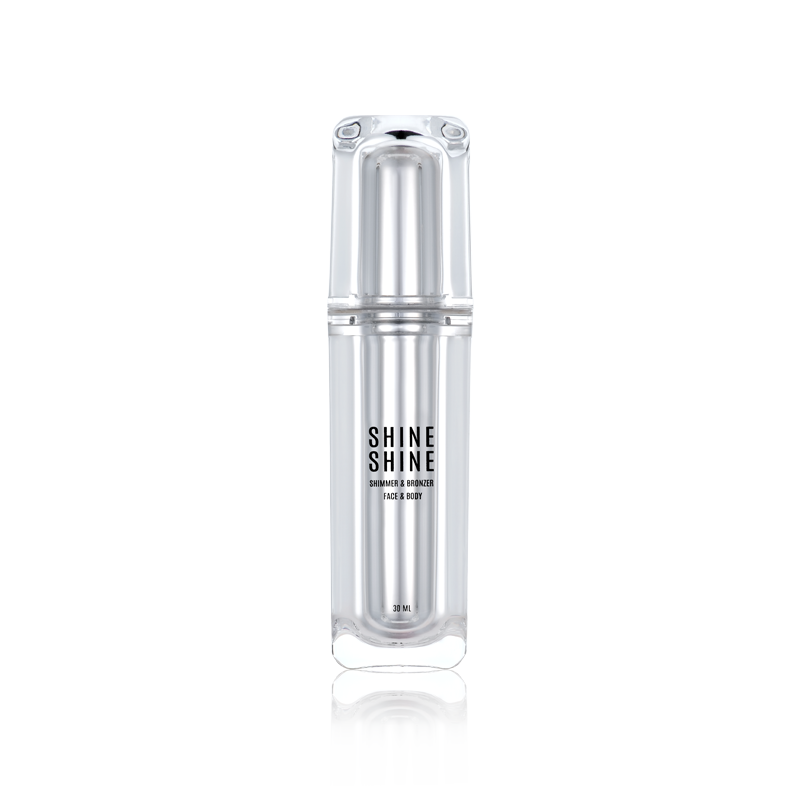About ADAH
#ADAH'S HEART
Our Ingredients: The Heart of Our Products

Our Ingredients
The Heart of Our Products

Ingredient Integrity and Innovation
At the heart of our brand lies a deep-rooted belief in the power of clean, effective, and sustainable ingredients. We blend the best of nature with cutting-edge science to create formulas that not only enhance your natural beauty but also nurture and respect your skin and the environment. From our nourishing brow wax to our revitalizing skin serums and beyond, every ingredient is selected with purpose and care.

Explore Our Ingredient Universe
Dive into our vast ingredient database, where you'll find everything from the hydrating depths of Hyaluronic Acid in our skin care products to the strengthening prowess of Biotin in our hair care range. Each entry provides a clear understanding of the ingredient's role, its benefits, and why we've chosen it for our formulations:

